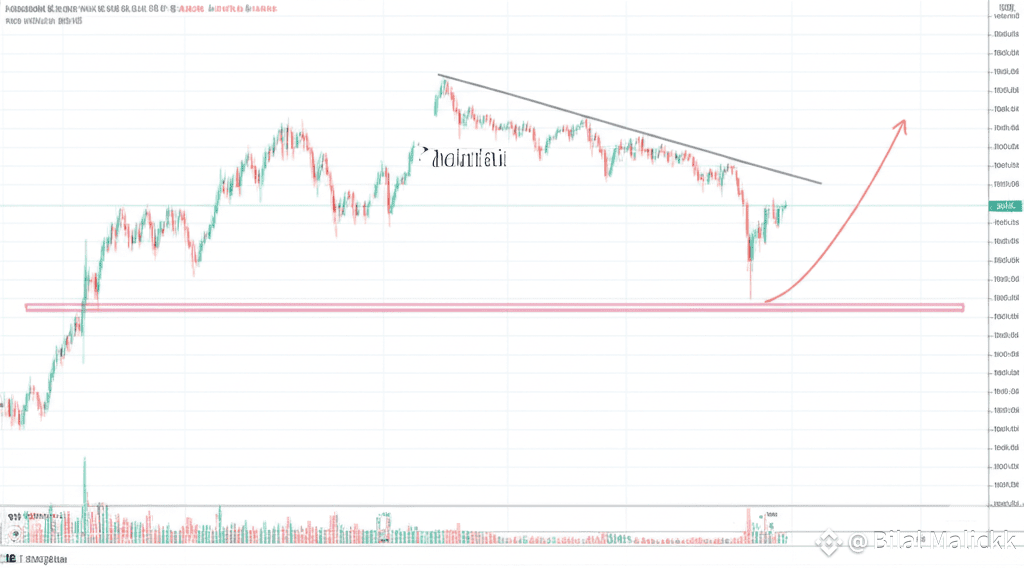In the fast-paced world of cryptocurrency, a smart trading strategy is your best defense against market volatility. For traders and investors in Chainlink (LINK), one of the most essential tools for managing risk is a stop-loss order. This is an automated order that sells your asset once it hits a specific price, helping you lock in profits or, more importantly, limit your losses.
So, how do you determine a suitable stop-loss level for $LINK ? It's not about picking a random number; it's about using market data and analysis to inform your decision.
Current LINK Market Landscape
Before setting a stop-loss, it's crucial to understand Chainlink's current market position. As of late August 2025, LINK has been trading with significant momentum. The price has recently surged to its highest level in over a year, and on-chain data shows strong buying activity from large holders (whales).
Technical analysis reveals that LINK has broken above the key $24-$25 resistance zone. This breakout, backed by strong trading volume, is a bullish sign. However, market sentiment can change quickly, so it's wise to have a plan in place.
Stop-Loss Strategies for $LINK
There are several common strategies for setting a stop-loss, each with its own benefits.
1. Percentage-Based Stop-Loss
This is one of the simplest methods. You set your stop-loss at a predetermined percentage below your entry price. For example, if you bought LINK at $24.57, a 5-10% stop-loss would be placed in the $23.30-$22.10 range. This method is easy to implement and helps you define your maximum risk from the start.
2. Technical Indicator-Based Stop-Loss
For a more nuanced approach, you can use technical indicators to find a logical stop-loss level. The 50-day moving average (MA) is a popular choice, as it often acts as a dynamic support level. As long as the price stays above this line, the uptrend is considered intact. If the price falls and closes below the 50-day MA, it can be a strong signal to exit the trade.
3. Support Level-Based Stop-Loss
This strategy involves identifying key support levels—prices where the asset has historically bounced back from. A break below a significant support level can indicate a change in market structure and the potential for further decline. Looking at recent price action, major support levels to monitor are at $22.50, $20, and $18. Placing a stop-loss just below one of these levels can protect you from a more significant downturn.
Recommended Stop-Loss for LINK
Considering the current market dynamics, a sensible stop-loss for Chainlink could be set in the $22.50-$23.30 range. This level sits just below the recent support zone and aligns with a 5-10% decline from the current price. It's a strategic balance that allows for normal market fluctuations while providing a clear exit point if the bullish momentum wanes.
Remember, a stop-loss is a tool for risk management, not a guarantee of profits. It's always a good practice to combine these strategies with your own research and analysis to make the best decisions for your portfolio.

